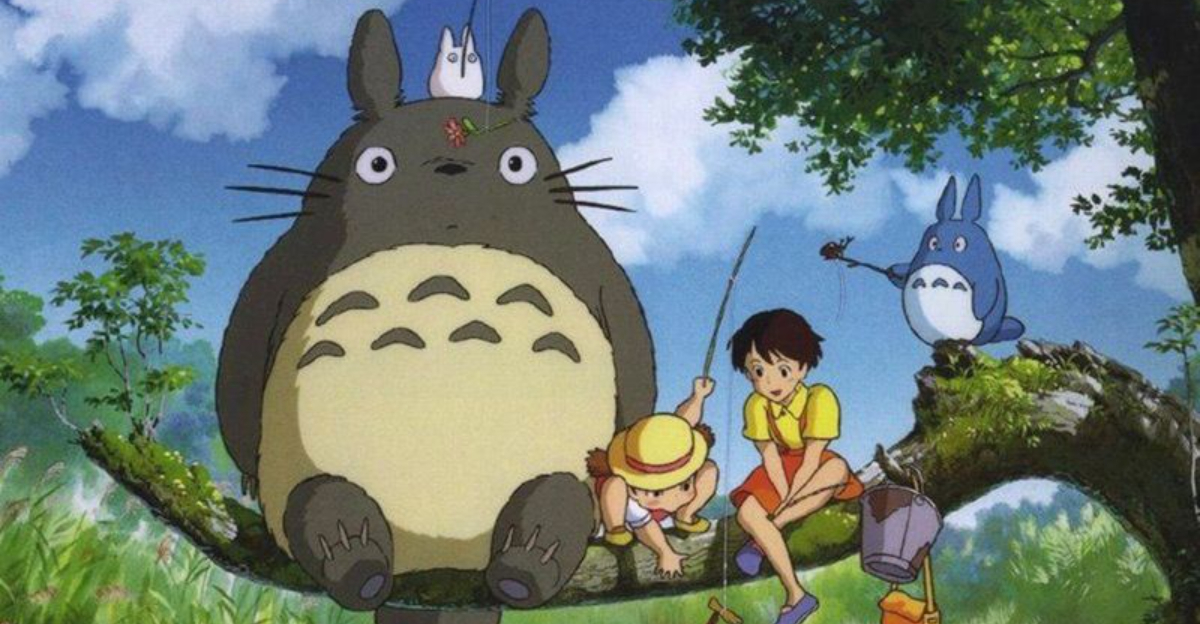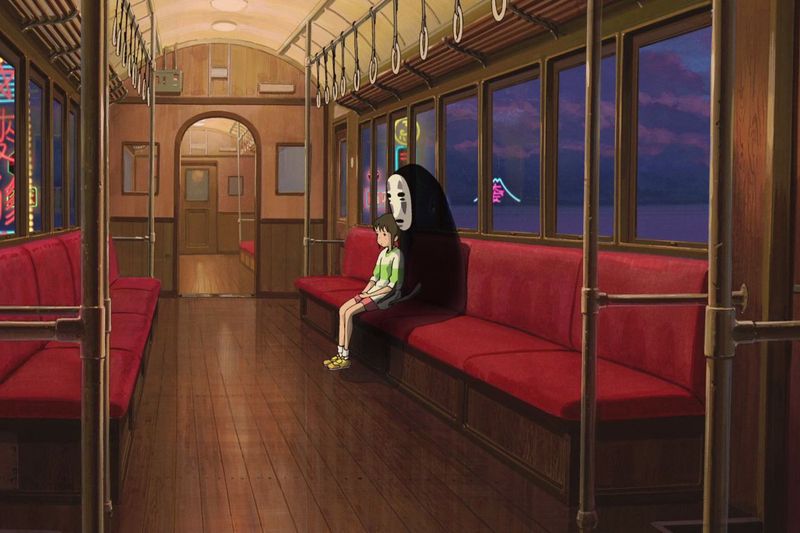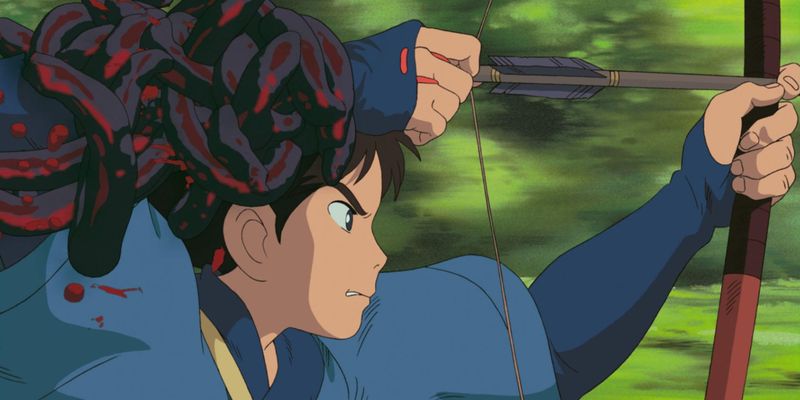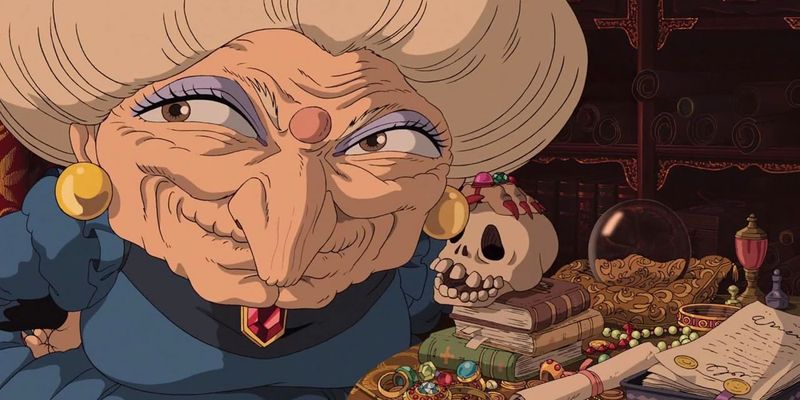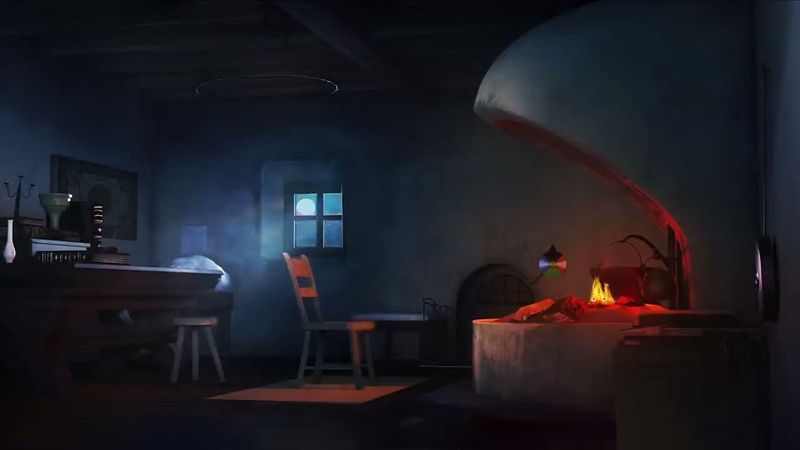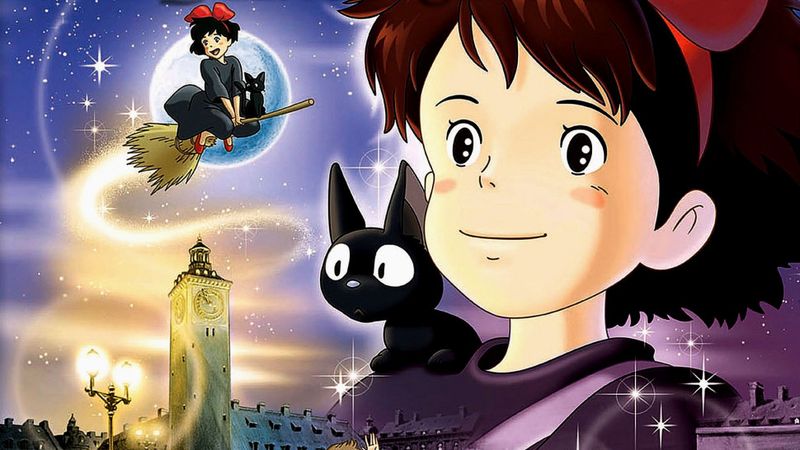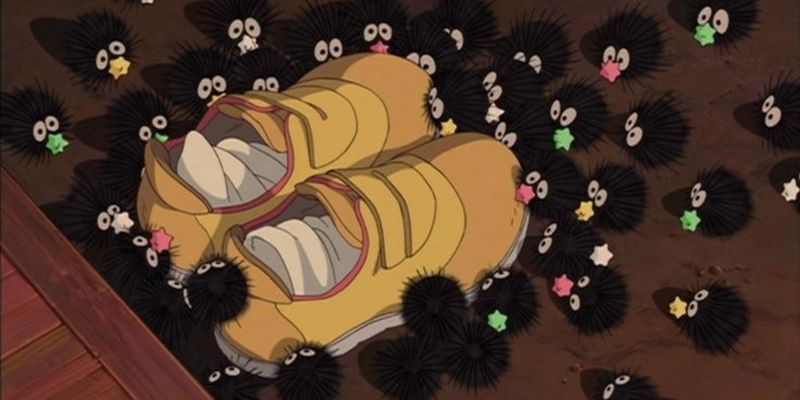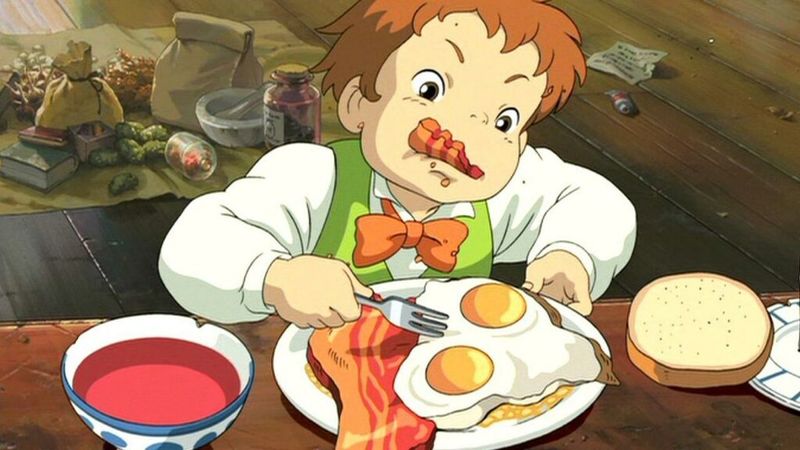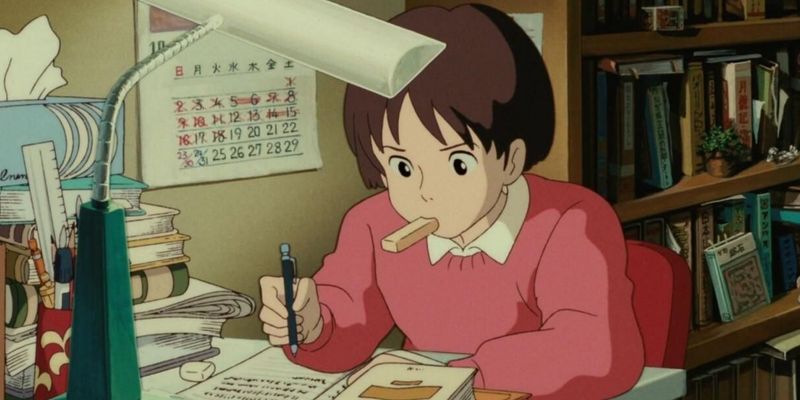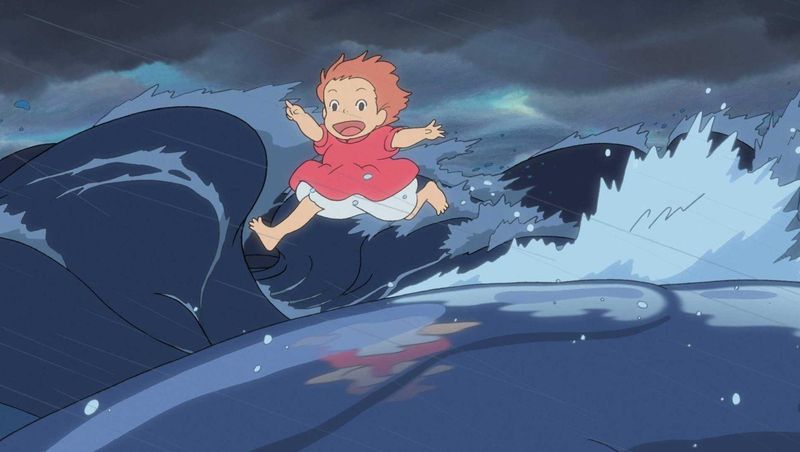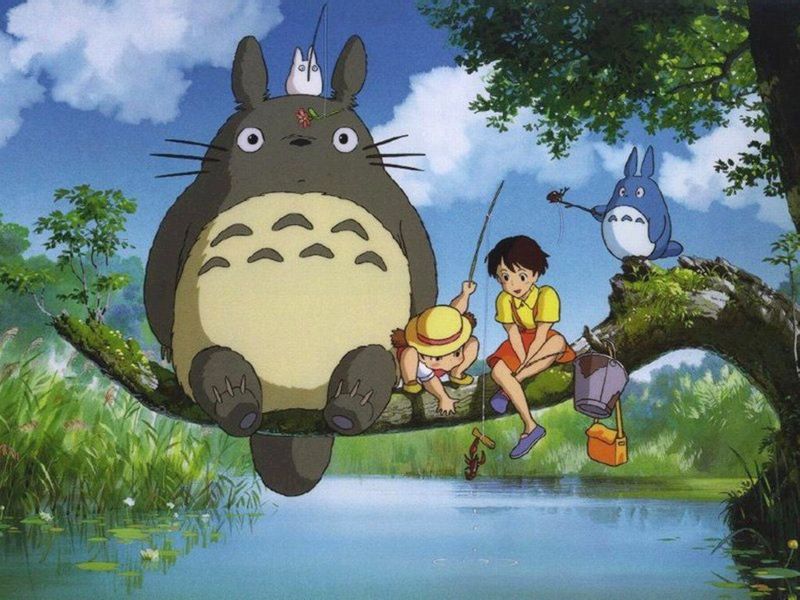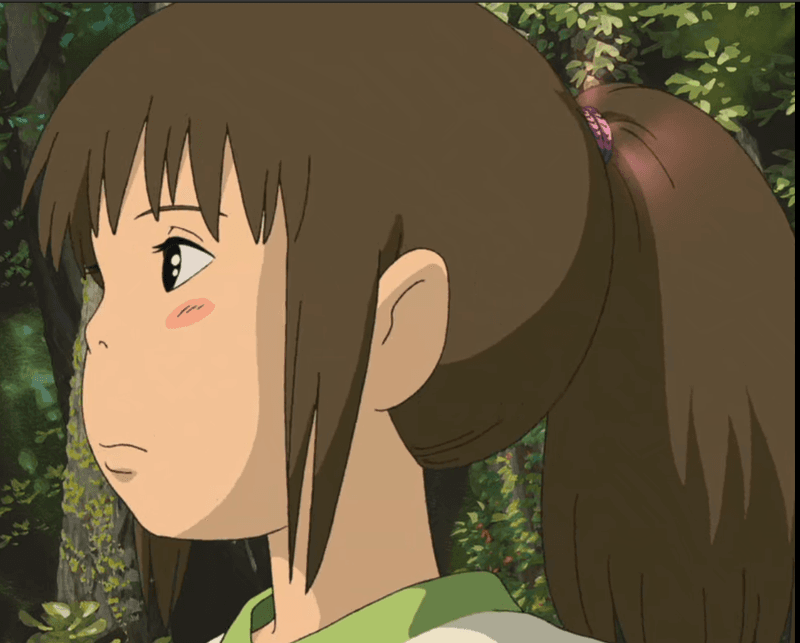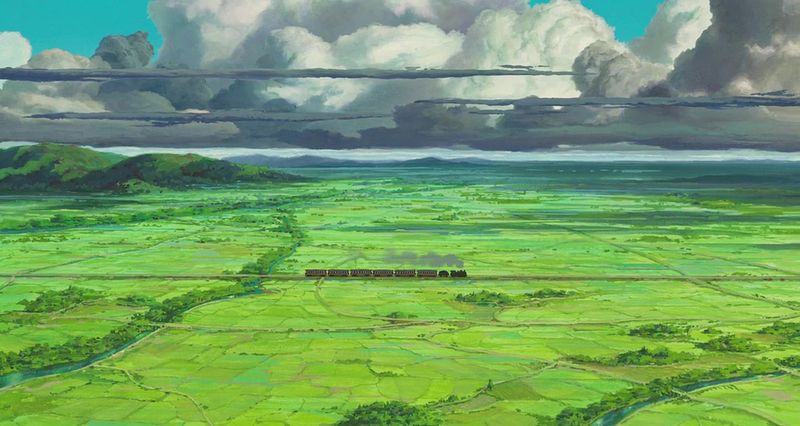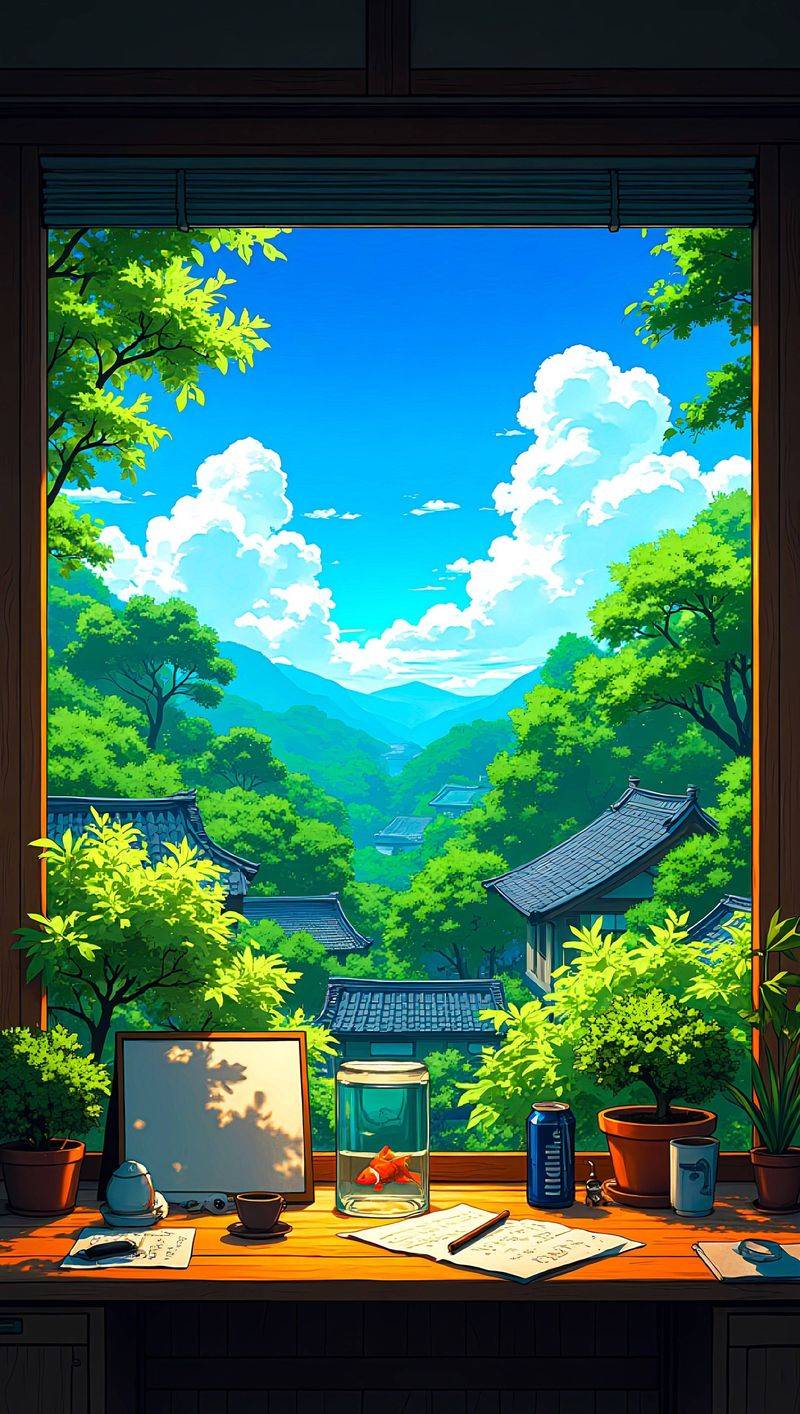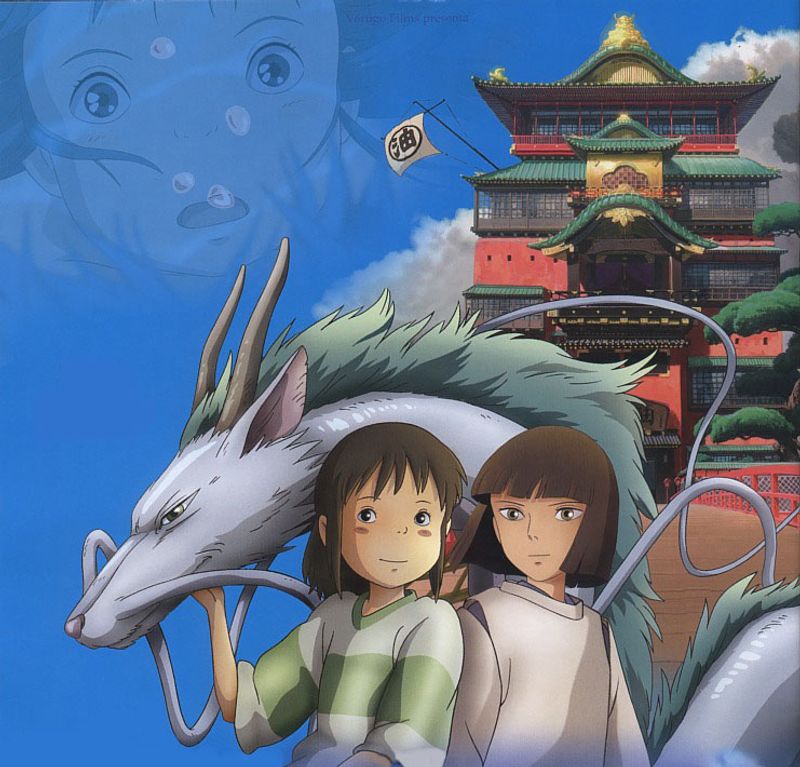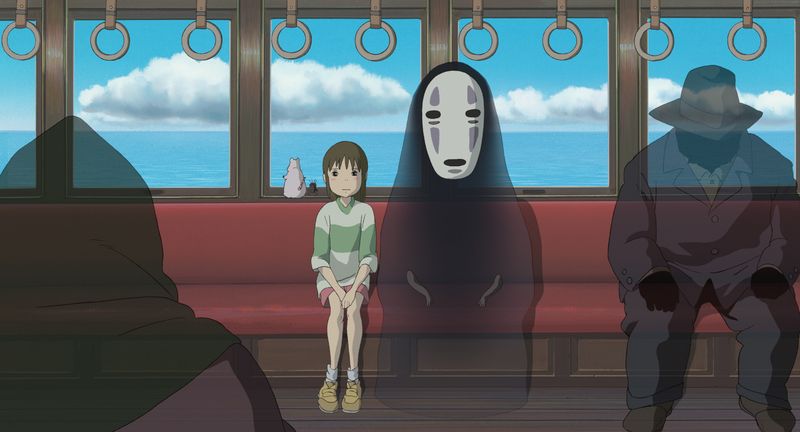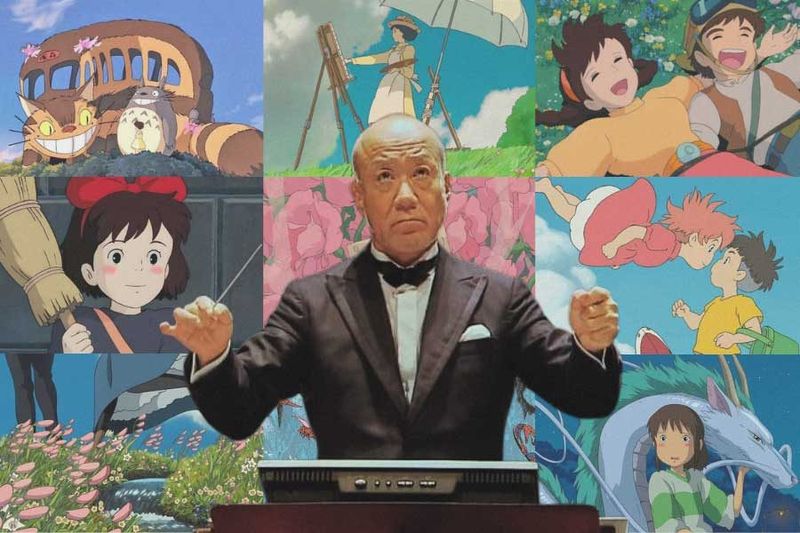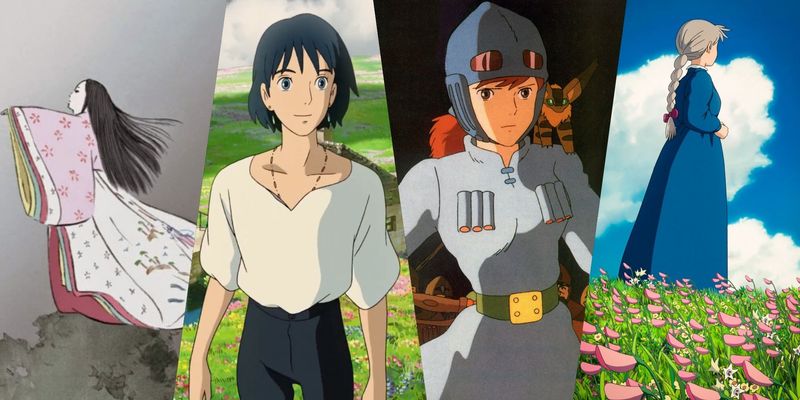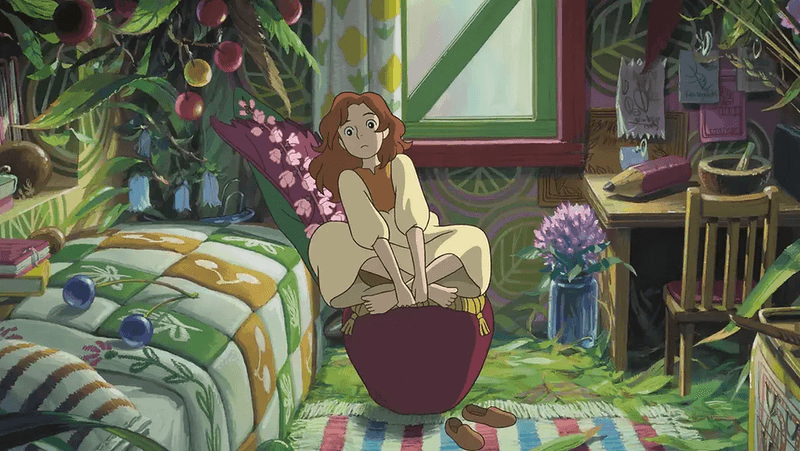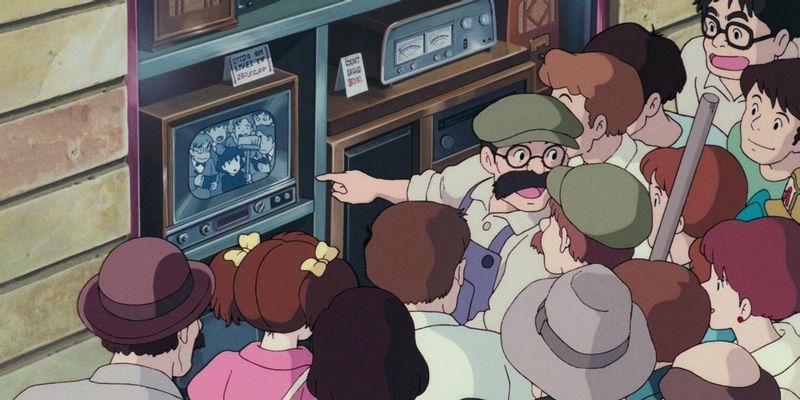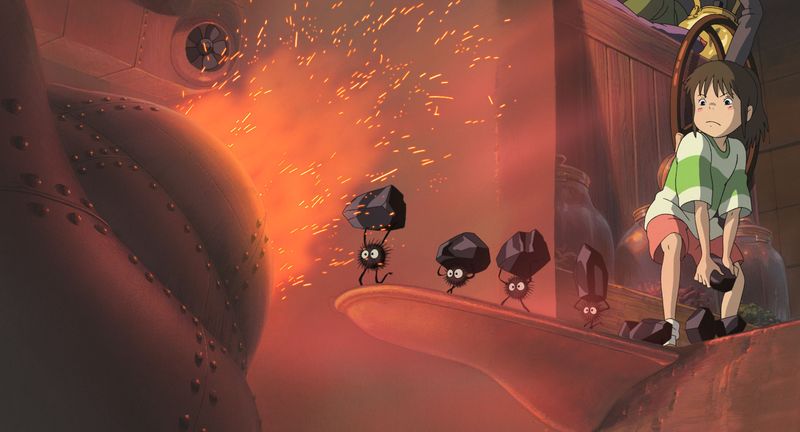Studio Ghibli films are more than magical stories—they’re rich tapestries of symbolism, history, and breathtaking detail. Here are 20 hidden gems you might’ve totally missed!
1. The Train in “Spirited Away” Has No Conductor
The train in “Spirited Away” glides through the spirit world with an unsettling autonomy. It’s a train without a conductor, moving with an eerie, dreamlike logic.
This detail reinforces the enchanting yet mysterious nature of the spirit realm, where rules of reality seem to fade away.
2. Ashitaka’s Bow Snaps Mid-Battle in “Princess Mononoke”
Amidst the gripping battles in “Princess Mononoke,” Ashitaka’s cursed strength becomes evident. His bowstring snaps mid-fight, a testament to the realistic physics in Ghibli films.
This moment emphasizes Ashitaka’s struggle with his curse, adding depth to his character and the story.
3. Yubaba’s Office Lamp Is a Reference to Pixar
In the bustling world of Yubaba’s office, a hopping lamp catches the eye. Its design resembles Pixar’s Luxo Jr., perhaps a playful nod to fellow animators.
This subtle inclusion adds a touch of humor and appreciation for animation history.
4. The House in “Howl’s Moving Castle” Reflects His Emotions
Howl’s moving castle is not just a marvel of magic but a reflection of its owner’s heart. The interiors shift with Howl’s emotions.
When he’s in despair, rooms like the bathroom become cluttered, mirroring his inner turmoil and adding emotional complexity to the narrative.
5. The Stars in “Kiki’s Delivery Service” Are Always Moving
“Kiki’s Delivery Service” enchants viewers with its detailed animation. In the night scenes, the stars are in constant motion.
This attention to detail showcases the studio’s commitment to realism and a living, breathing world, even in seemingly still scenes.
6. Soot Sprites Reappear from “Spirited Away” to “Totoro”
The delightful soot sprites in “Spirited Away” have their origins in “My Neighbor Totoro.” These fuzzy creatures connect the two films.
This playful crossover hints at a shared universe, sparking the imagination of fans.
7. Food Is Always Drawn With Hyper-Realism
Meals in Ghibli films are more than sustenance; they’re works of art. From ramen to rice balls, every dish is rendered with hyper-realistic detail.
Ghibli animators often use real meals as references, creating food that feels tantalizingly real and true to life.
8. Books in “Whisper of the Heart” Match the Main Character’s Story
In “Whisper of the Heart,” the books Shizuku reads aren’t just stories; they reflect her own journey. As she writes, her fantasy world intertwines with these tales.
This clever narrative device blurs the lines between fiction and reality, enhancing the storytelling depth.
9. Birds Symbolize Transformation in “Ponyo”
Birds in “Ponyo” are more than background; they’re symbols of transformation. As they follow the characters, they embody change and freedom.
This motif reflects the film’s themes of nature and humanity’s interconnectedness and transformation.
10. Totoro’s Camouflage in “My Neighbor Totoro”
Totoro, with his heartwarming presence, has a unique way of blending into his surroundings. His gray-and-white fur pattern matches the lush forest canopy and the fluffy clouds above.
This clever camouflage makes Totoro nearly invisible unless observed closely, adding a layer of mystery to his enchanting character.
11. Chihiro’s Hair Tie Glows in the Final Scene
In “Spirited Away,” Chihiro’s hair tie, a gift from Zeniba, holds more than sentimental value. It glows in the final scene, a subtle symbol of protection.
This magical detail bridges her journey through the spirit world and her return, offering a comforting closure.
12. Backgrounds in “The Wind Rises” Include Watercolor-Like Brushstrokes
“The Wind Rises” captivates with its aesthetic beauty, particularly in the backgrounds. These scenes are painted with soft, watercolor-like brushstrokes.
This artistic choice pays homage to traditional Japanese art, enriching the film’s visual storytelling.
13. Time Passes Based on Light in “From Up on Poppy Hill”
“From Up on Poppy Hill” uses light ingeniously to convey time’s passage. The gradual change of light through the windows mirrors the day’s progression.
This subtle technique adds a layer of realism and immersion without drawing overt attention.
14. Ghostly Spirits Fade With Natural Light
In “Spirited Away,” the presence of spirits diminishes with the arrival of daylight. This fading connects them to the shadows and mysteries of the night.
The transition from night to day emphasizes the ethereal nature of the spirit world.
15. Mirrored Windows Symbolize the Boundary Between Worlds
Mirrored windows in Ghibli films often hold more than reflections. They symbolize the boundary between the real world and the spiritual realm.
This visual metaphor invites viewers to ponder the duality and connection between these worlds.
16. Music Themes Recur Subtly Across Films
Joe Hisaishi’s music is integral to Ghibli’s magic. Across films, subtle themes from older scores reappear, creating a sense of familiarity and nostalgia.
These musical motifs enrich the storytelling, connecting different narratives through sound.
17. Traditional Clothing Reflects Historical Eras Accurately
Ghibli’s attention to detail extends to attire. In films like “The Tale of the Princess Kaguya,” clothing reflects the historical periods with scholarly precision.
This dedication to authenticity enhances the cultural richness and educational value of the films.
18. Furniture Tells a Story
Every room in a Ghibli film feels lived-in and tells its own story. Small items like half-read books or handmade pillows add character to each space.
This attention to detail creates a rich, immersive world where every object has a history.
19. Miyazaki’s Cameos Are Hidden in Sketches
In some Ghibli films, eagle-eyed viewers might spot Miyazaki himself. He’s subtly included as sketches or small figures blended into scenes.
This fun detail adds a personal touch to the films, celebrating the creator’s influence and presence.
20. Every Object Has Weight
Even the smallest objects in Ghibli films, like boxes or bowls, are given believable weight and physics. This realism is a hallmark of the studio’s animation style.
Such meticulous attention to detail enhances the immersive experience, making the animated world feel tangibly real.
